By Michael Kohlberg
Do educational institutions face a dilemma in the way animal anatomy is taught in school? Should animal dissections and vivisections be conducted in Science classes at all? LaGuardia Community College, a CUNY school, says no to cat cadavers, instead replacing them with clay models of humans. It seems, that the areas of debate, lie in 3 main ethical questions which I will describe in this article.
The first is the question of respecting animal rights as they relate to dissections and vivisections. Then comes the question, is animal experimentation necessary for understanding anatomy? In other words, do students learn best by dissecting? Are alternatives like virtual dissections comparable or even superior learning tools? Finally, I will briefly explore broad Sustainability Issues that dissections pose to Society.
America has acknowledged the value in respecting basic animal rights as shown by the Animal Welfare Act, a Federal Act passed by Congress in 1966. In general, this reflects the idea that our Society has adopted some moral standard for respecting the rights of animals. The United States Department of Agriculture puts it best, calling the Animal Welfare Act a “minimum, accepted, standard” of animal treatment “in research, exhibition, and transport”. However, many educated animal lovers believe that this minimum standard is set too low and that not enough is done to enforce existing federal laws.
In Biology classrooms, the animal rights argument is clear. Many of us have pets and therefore very personal and emotional connections with dogs, cats, and maybe even frogs, snakes, or mice. Performing dissections and vivisections on these types of animals can pose moral dilemmas for students taking part. Studies show that many students feel a moral dilemma when taking part in animal dissections. One study, by Arnold Arluke and Frederic Hafferty, interviewed 40 Pre-Medical students about how they felt before, during, and after using a dog as a test subject in the lab. They found that prior to the experiment, there was “widespread uneasiness” regarding moral implications, but during and after, students were able to “neutralize the moral dirty-work”.
This study not only suggests that many feel innately compassionate towards animals, but it suggests that humans have the capacity to subdue that compassion and “learn” desensitization. This raises the question, what do dissections really teach students?Along with anatomy, are our educational institutions teaching humans a lack of compassion for animals? Are we prepared to change our way of thinking about animal dissections if the answer to the previous question is true?
That leads us to our next question. Do today’s students actually learn better by dissecting, or do they learn better by using technology they are familiar with already, such as the computer? Do virtual dissections and vivisections compare as as educational tools? Many students and teachers say yes and site other benefits as well. PETA (People for the Ethical Treatment of Animals) is an animal rights organization that among other things, provides practical knowledge in dissection or vivisection alternatives. Their website has a page with resources dedicated to just this subject. According to the document “Cutting Out Dissections”, studies have shown that computer-based teaching methods saved academic and nonacademic staff time … were considered to be less expensive and an effective and enjoyable mode of student learning [and] … contributed to a significant reduction in animal use” (PETA 2013).
Also, teachers in the United States have been advocating for few dissections. Ten years ago, the National Science Teachers Association (NSTA) amended its official position statement to acknowledge the educational effectiveness of non-animal teaching methods and to support teachers’ decisions to use them as complete replacements for animal dissection (NSTA 2005).
Another example of how effective non-animal anatomy learning can be is the example of LaGuardia Community College. The Cuny Newswire reported that “LaGuardia is one of the first community colleges in the nation where its students will be learning the muscles of the human body not by dissecting cat specimens but by applying clay muscles to a [human] skeletal mannequin.”
“Studying human muscles is one of the hardest and most difficult areas,” said Professor Carol Haspel, “so we are always trying to find ways, mechanisms and pedagogical techniques that assist our students in learning the basics that they need to know. The clay models are a key factor in helping them.” (LaGuardia Community College 2011)
Animal dissections may actually pose a barrier to students’ learning. As researchers find out that more and more students are morally against dissections, the issue becomes worrying for education itself. One study done by Theodora Capaldo on the psychological effects of reluctant, obligated dissection participants indicates that “cognitive abilities may become impaired, resulting in less learning”. The study concludes that their findings, “present a compelling argument for the 100% replacement of the harmful use of animals in education.” (Capaldo 2004)
To shift gears, let’s examine some of the Economic Sustainability issues. In order to asses whether the school would be better off, the costs of dissections must logically be compared to the costs of alternatives, which could vary depending on the type and manner in which they are implemented.
Since animal specimens are expensive for many Biology Departments, we might ask the question will a school that bans dissections and vivisections all together be better off financially? To make sense of this question let’s use a real life example. One specimen retailer, Bio Corporation, sells a class set of 15 cat corpses for $373. Theoretically, if you have 20 lab classes per semester at a University and replace specimens each semester, the cost would be $7,460 per semester on cats alone. That number does not even include any auxiliary equipment, like proper protection, tools, et cetera.
PETA’s informational pamphlet entitled, “ Animal Dissection and Interactive Anatomy Software” factors in many of the auxiliary costs which they total at an additional $759 per five year period accounting for 30 students. In the event that a school keeps their cat specimens for 5 years, PETA calculates a grand total of $3906.05 for a class of 30 students. In the same article, PETA compares the costs of virtual cat dissection, which amounts to $800 per 5 year period of 30 students. Obviously, a university like Brooklyn College has a much higher dissecting student body than 30, so the costs would be significantly higher.
From the data found, it seems that the long run economic viability of switching from perpetual spending, (in our hypothetical example that is $7,460/ Semester) to more fixed spending like dissection software or clay molds, would be a cunning financial move for the Brooklyn College school board to consider.
In Conclusion, the economic costs associated with animal dissections that most students and faculty members might not be aware of are high. Furthermore, the documented psychological stress that many students undergo while performing obligational dissections has led psychological researchers to believe that the practice of dissections and vivisections does not promote learning(Capaldo 2004). Students and teachers have repeatedly advocated for bans on dissections and vivisections since 2005. And basic marginal benefit analysis of switching to dissection alternatives has suggested that the change would be more than cost effective.
Would it not, in theory at least, be more practical, for all, to ban dissections all together?
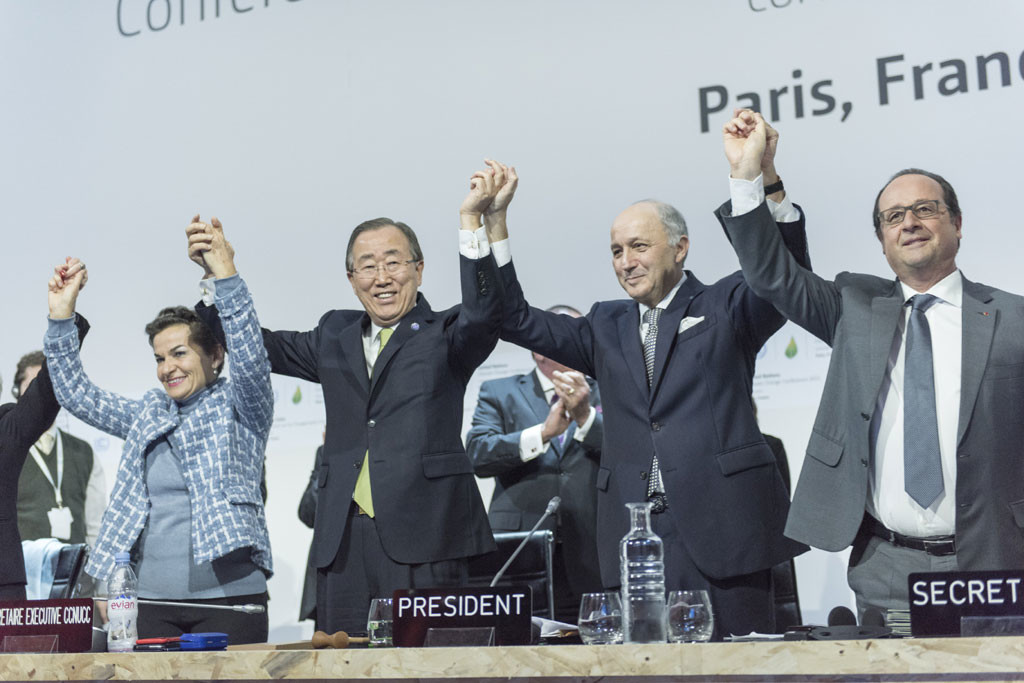

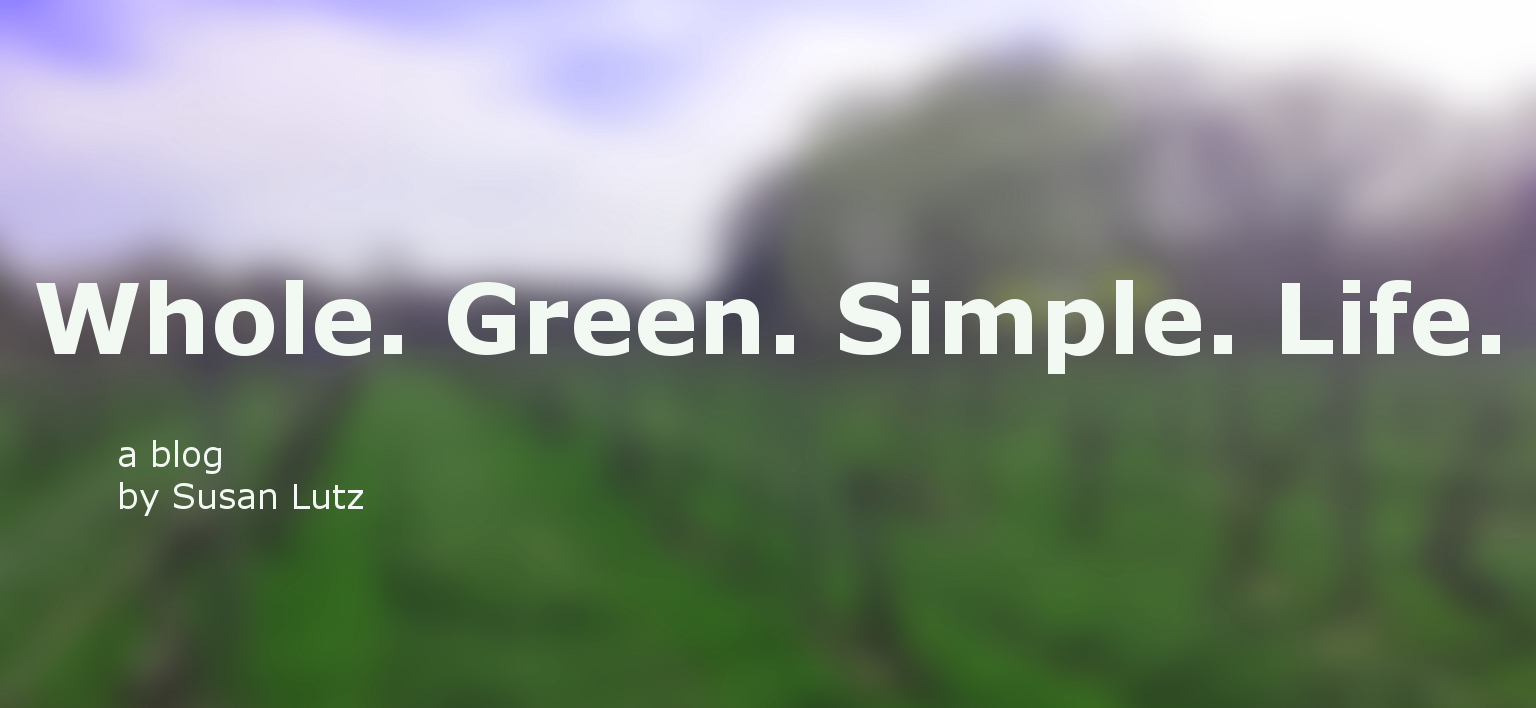
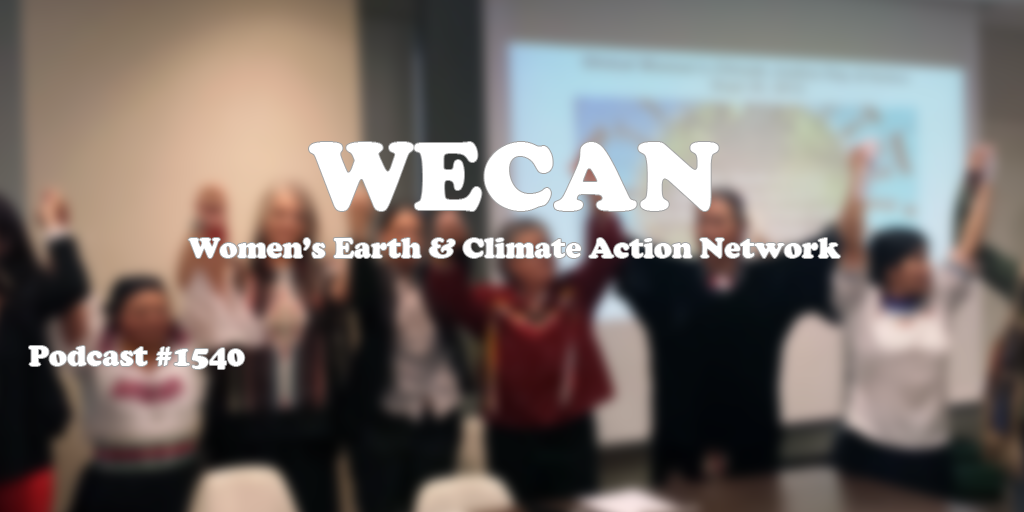
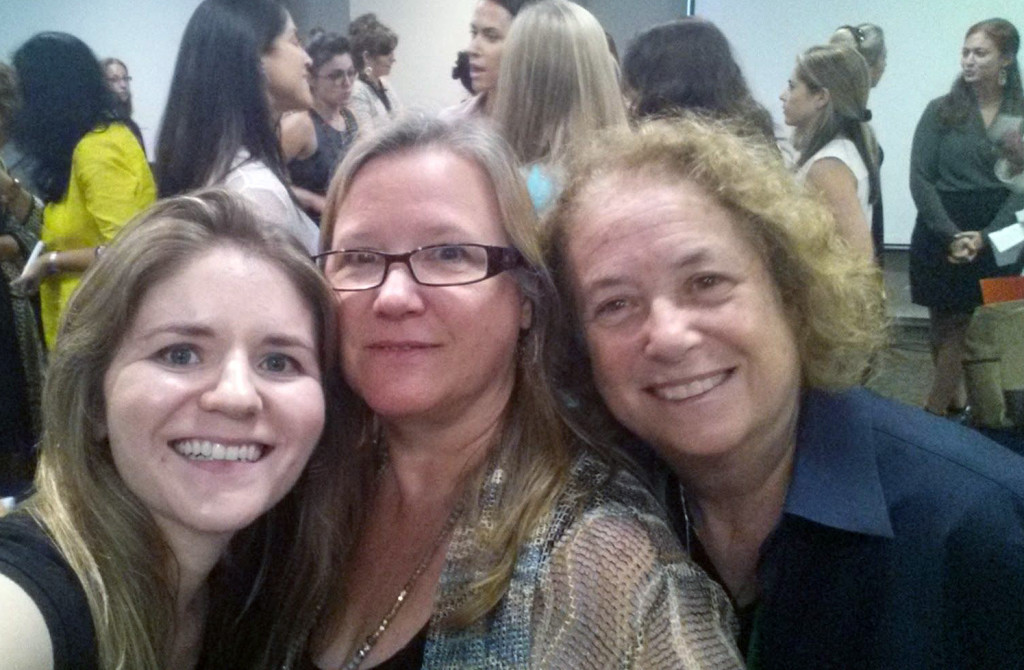 This weeks episode takes us to the Global Women’s Climate Justice Day of Action at the UN, sponsored by the Women’s Earth and Climate Action Network (WECAN). This event was attended by women from over 50 countries. To have such a collection of amazing women in one place, who presented stories of courage and resilience in combating climate change was deeply touching. Women play a key role in adapting solutions to climate change, and it was an honor to speak with WECAN founder Osprey Lake, environmentalist visionary Sally Ranney, as well as Neha Misra founder of Solar Sister, Harriet Shugarman Executive Director of ClimateMama, Executive Director of CELF Katie Ginsberg and student Coreena, and Patricia Gualinga-Montalvo, Indigenous Leader of Ecuador, whose interview was translated by Amazon Watch’s Executive Director Leila Salazar-López. For more information visit
This weeks episode takes us to the Global Women’s Climate Justice Day of Action at the UN, sponsored by the Women’s Earth and Climate Action Network (WECAN). This event was attended by women from over 50 countries. To have such a collection of amazing women in one place, who presented stories of courage and resilience in combating climate change was deeply touching. Women play a key role in adapting solutions to climate change, and it was an honor to speak with WECAN founder Osprey Lake, environmentalist visionary Sally Ranney, as well as Neha Misra founder of Solar Sister, Harriet Shugarman Executive Director of ClimateMama, Executive Director of CELF Katie Ginsberg and student Coreena, and Patricia Gualinga-Montalvo, Indigenous Leader of Ecuador, whose interview was translated by Amazon Watch’s Executive Director Leila Salazar-López. For more information visit 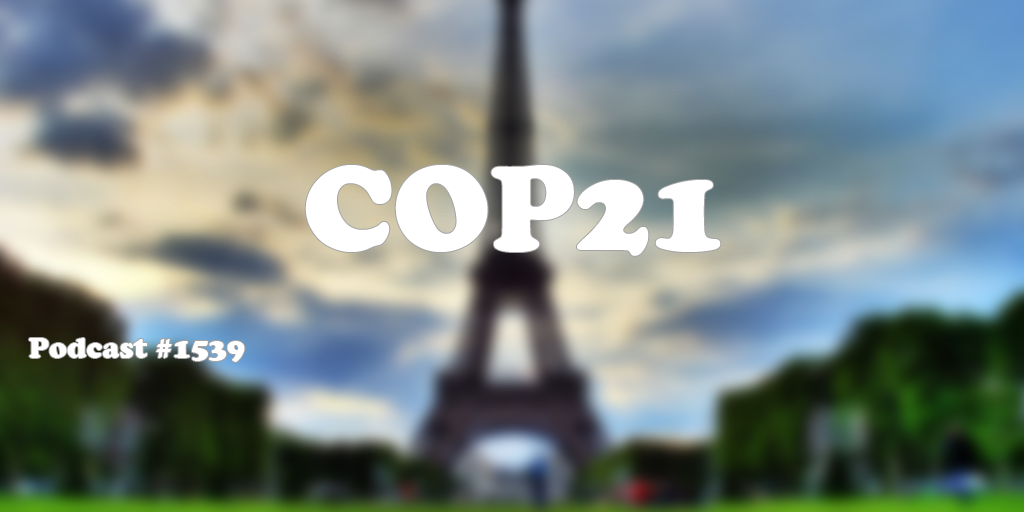
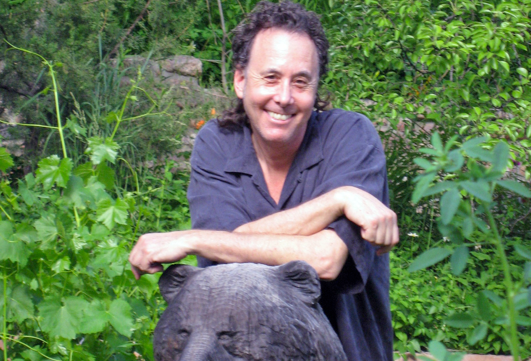
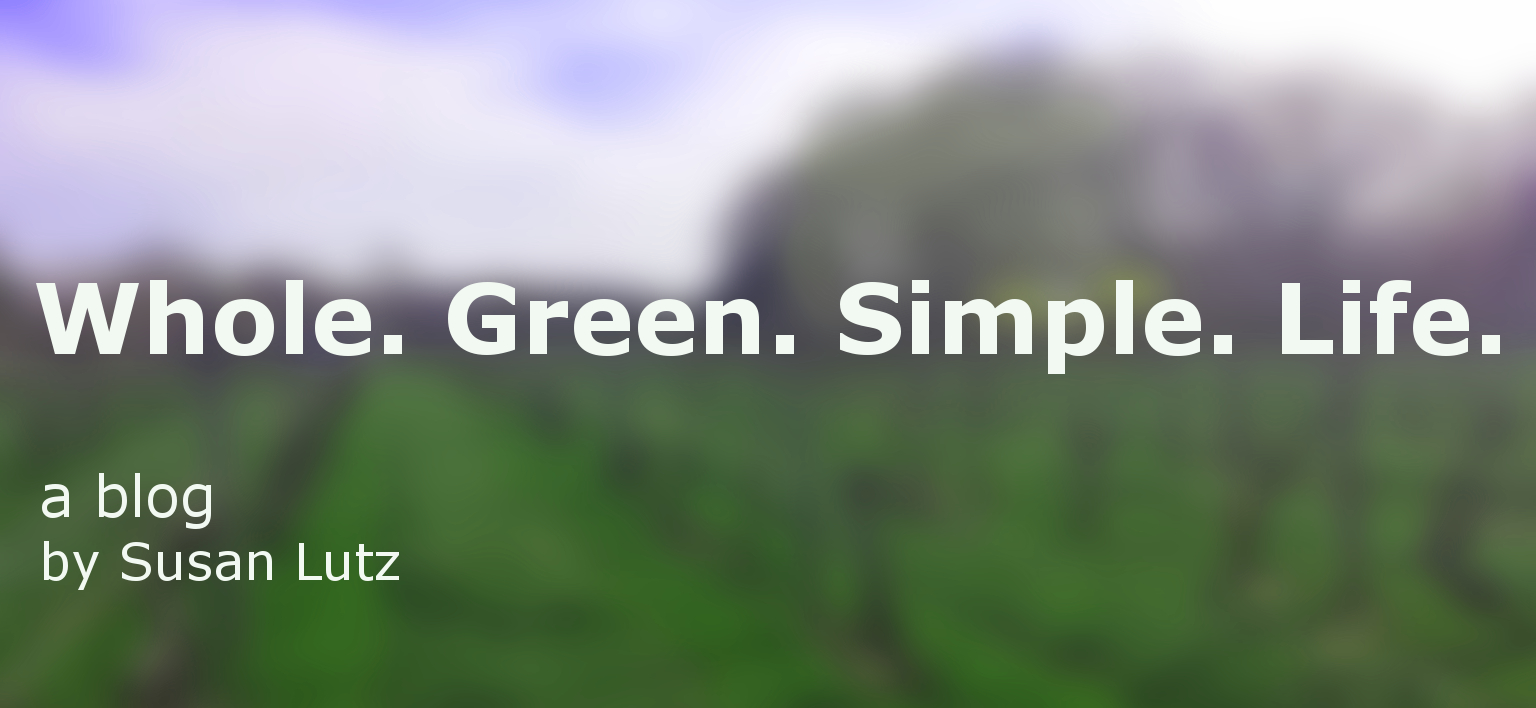

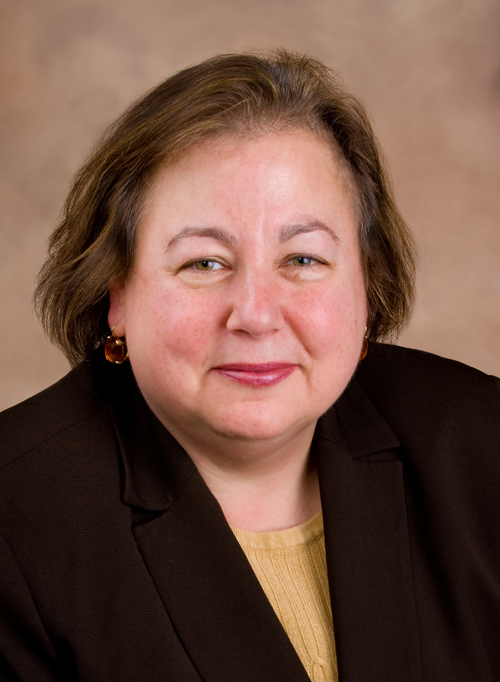 How compassionate is the New York State Compassionate Care Act of 2014 legalizing the use of medical marijuana? My guest this week, New York State Senator Liz Krueger, a lead advocate for legalizing marijuana for both medicinal and also for recreational use, gives us some insight into the pros and cons of the current bill, and why it needs to be enhanced to allow coverage for more diseases. Senator Krueger has also sponsored the Fossil Fuel Divestment Act to limit the investment in oil and gas stocks in NYS pension funds. For more information go to: nysenate.gov/senators/Liz-Kruger or send a tweet @LizKrueger
How compassionate is the New York State Compassionate Care Act of 2014 legalizing the use of medical marijuana? My guest this week, New York State Senator Liz Krueger, a lead advocate for legalizing marijuana for both medicinal and also for recreational use, gives us some insight into the pros and cons of the current bill, and why it needs to be enhanced to allow coverage for more diseases. Senator Krueger has also sponsored the Fossil Fuel Divestment Act to limit the investment in oil and gas stocks in NYS pension funds. For more information go to: nysenate.gov/senators/Liz-Kruger or send a tweet @LizKrueger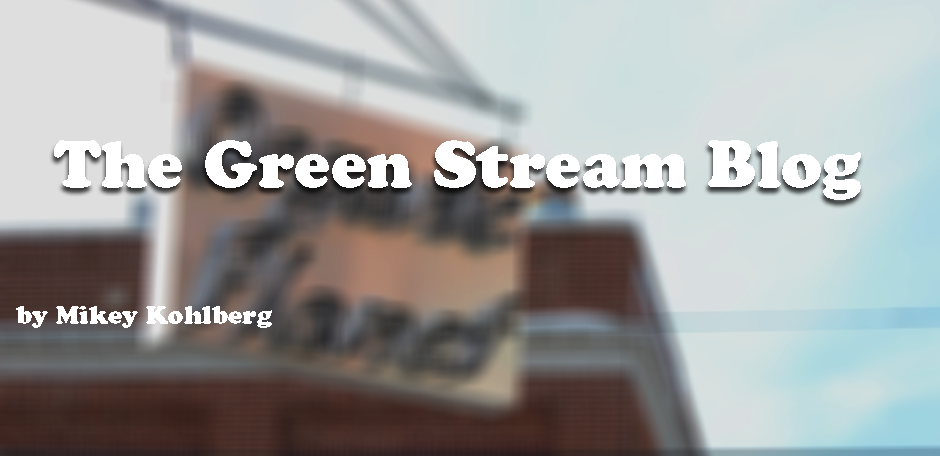
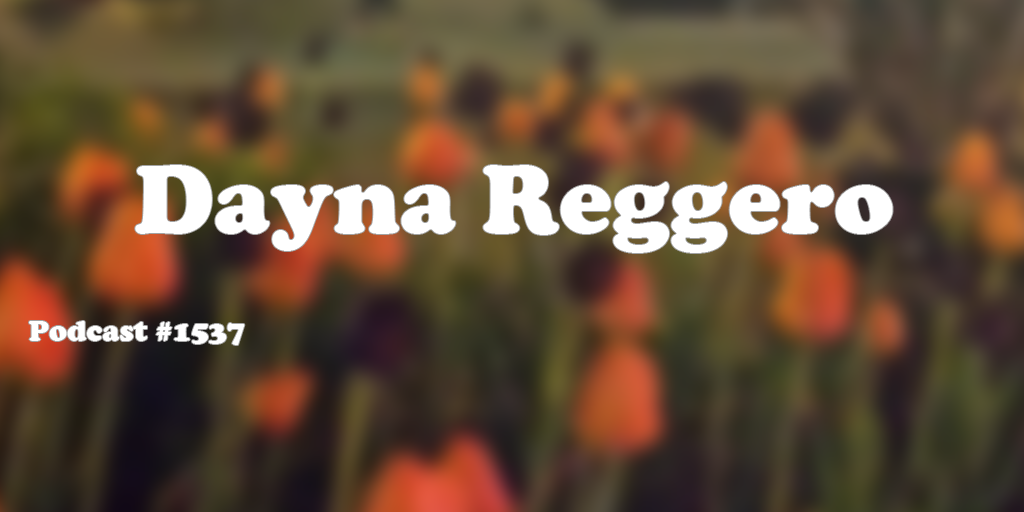
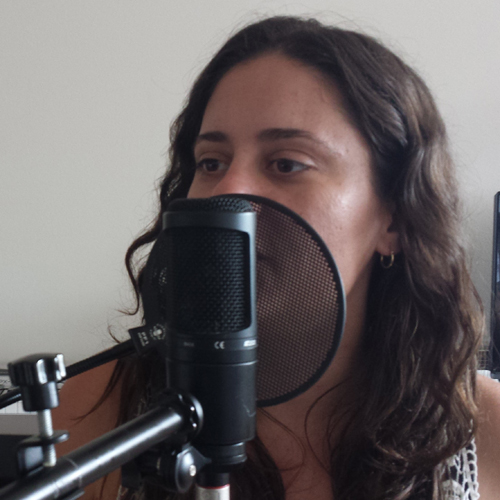 Billions of people around the globe are affected by the changes in climate every day. There are many stories that need to be told and many stories that need to be heard. My guest this week, Dayna Reggero, project director for the Climate Listening Project, has gathered stories from a variety of individuals and businesses about the direct effect of climate change on their lives and communities. Farmers, scientists, faith based and environmental groups are working towards solutions to adapt and build resilience to the extremes of climate change. We must connect actions to our words and work towards building a cleaner, greener world. Dayna has also been involved with the Showtime Series, Years of Living Dangerously, and has partnered with Laura Lengnick, author of the book Resilient Agriculture: Cultivating Food Systems in a Changing Climate. Dayna and Laura conduct storytelling workshops at colleges via the Cultivating Resilience Tour. For more info go to: daynareggero.com, @DaynaReggero and facebook.com/climatelisteningproject.
Billions of people around the globe are affected by the changes in climate every day. There are many stories that need to be told and many stories that need to be heard. My guest this week, Dayna Reggero, project director for the Climate Listening Project, has gathered stories from a variety of individuals and businesses about the direct effect of climate change on their lives and communities. Farmers, scientists, faith based and environmental groups are working towards solutions to adapt and build resilience to the extremes of climate change. We must connect actions to our words and work towards building a cleaner, greener world. Dayna has also been involved with the Showtime Series, Years of Living Dangerously, and has partnered with Laura Lengnick, author of the book Resilient Agriculture: Cultivating Food Systems in a Changing Climate. Dayna and Laura conduct storytelling workshops at colleges via the Cultivating Resilience Tour. For more info go to: daynareggero.com, @DaynaReggero and facebook.com/climatelisteningproject.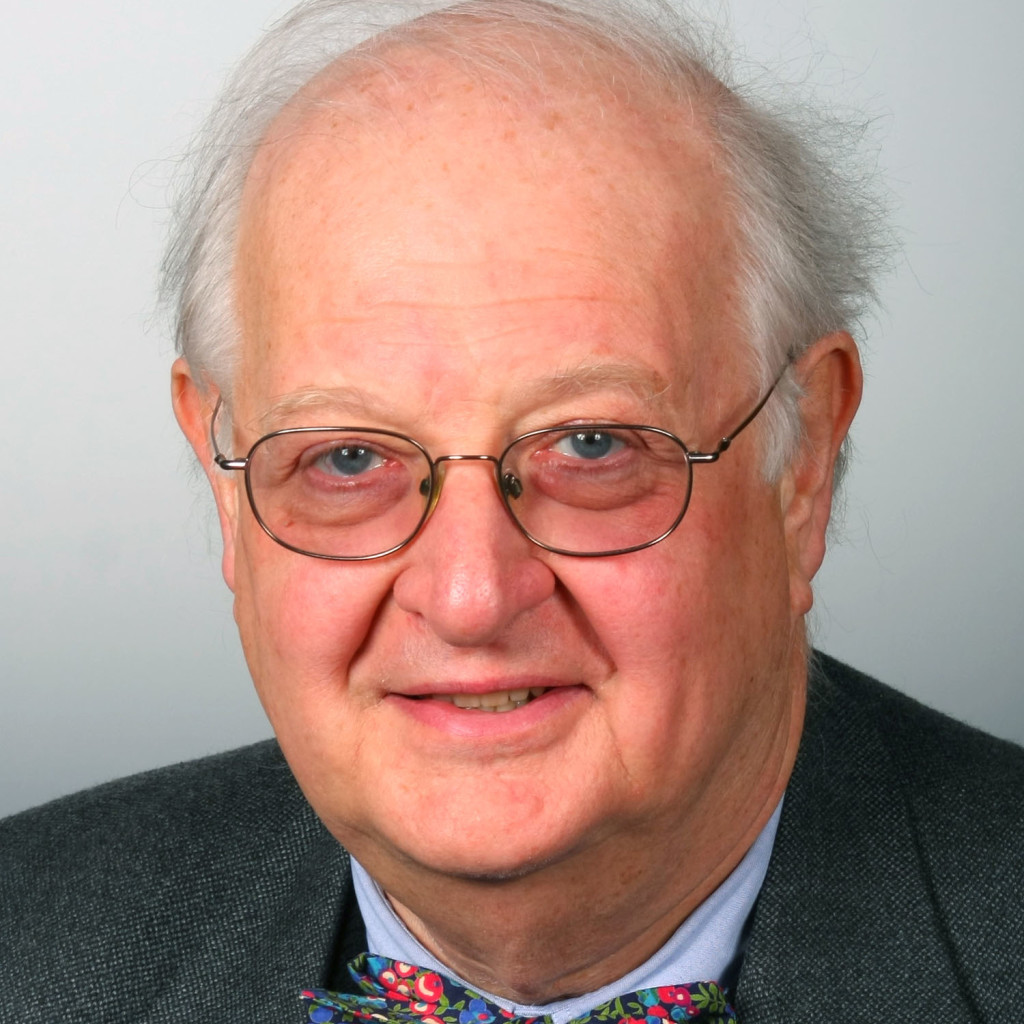
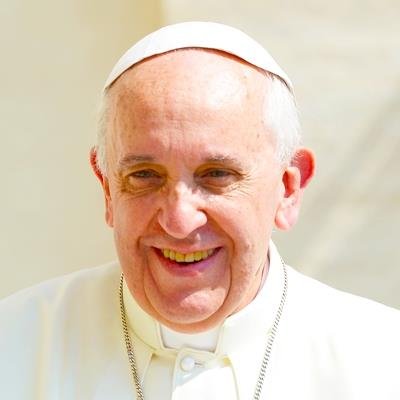

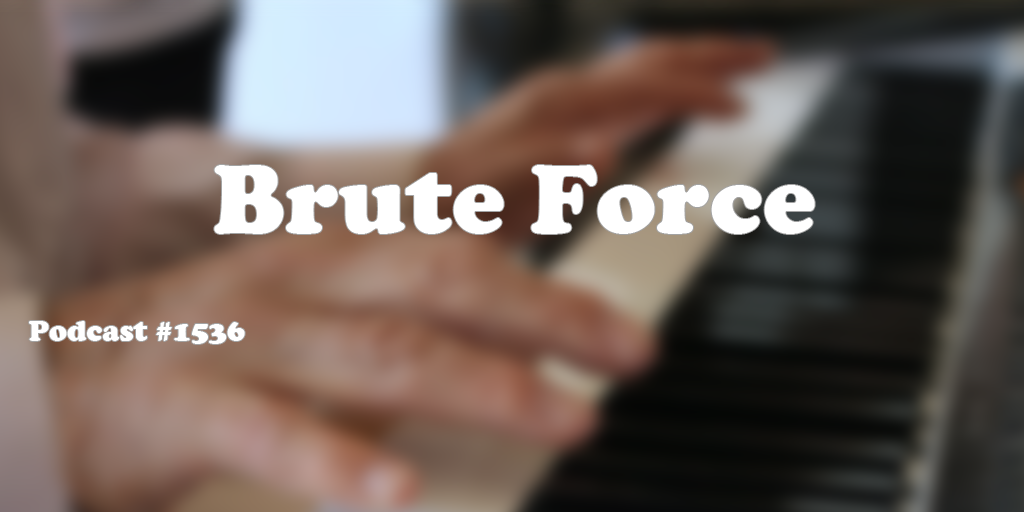
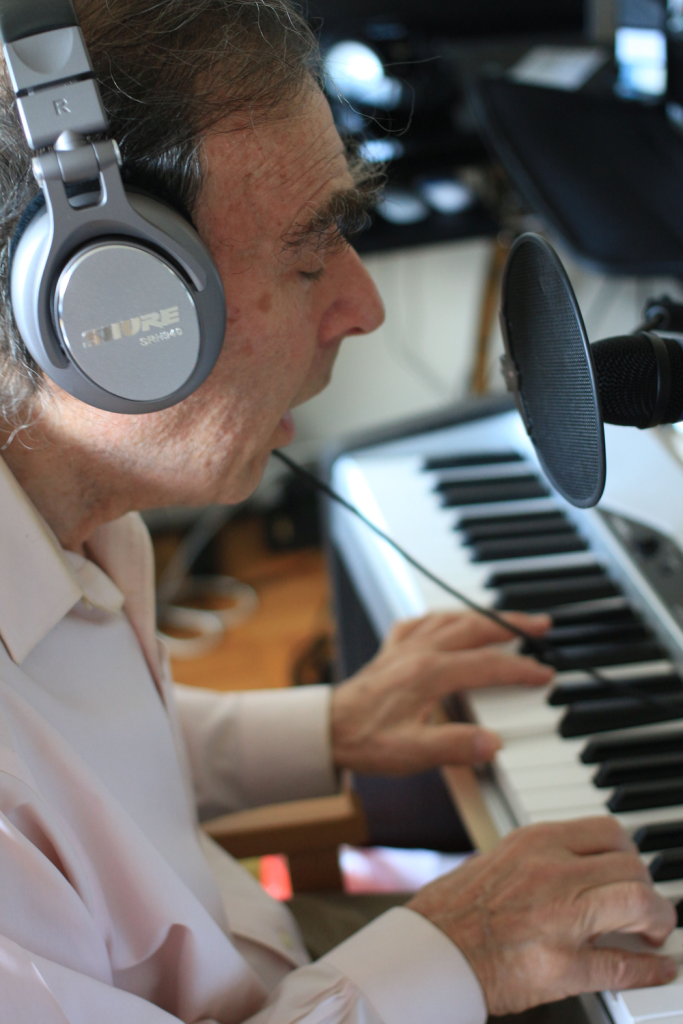
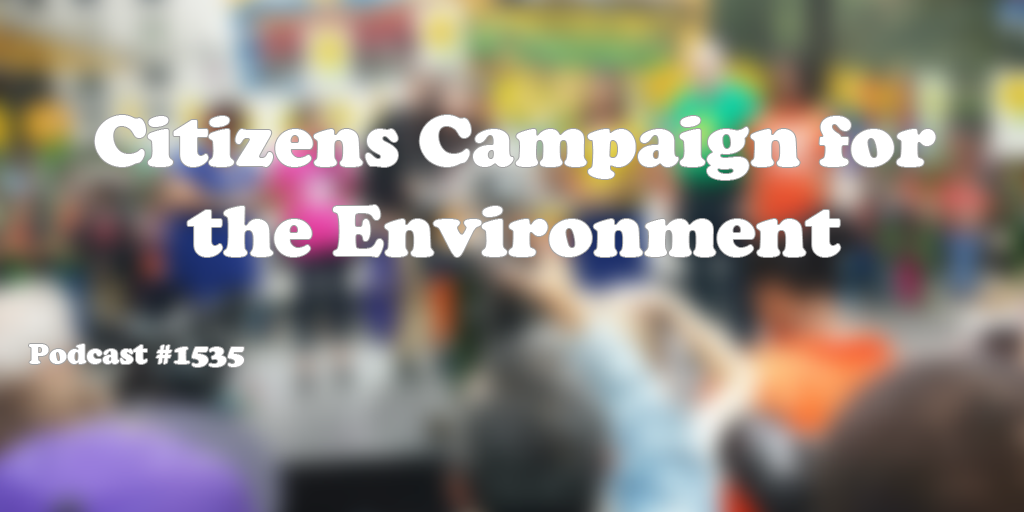
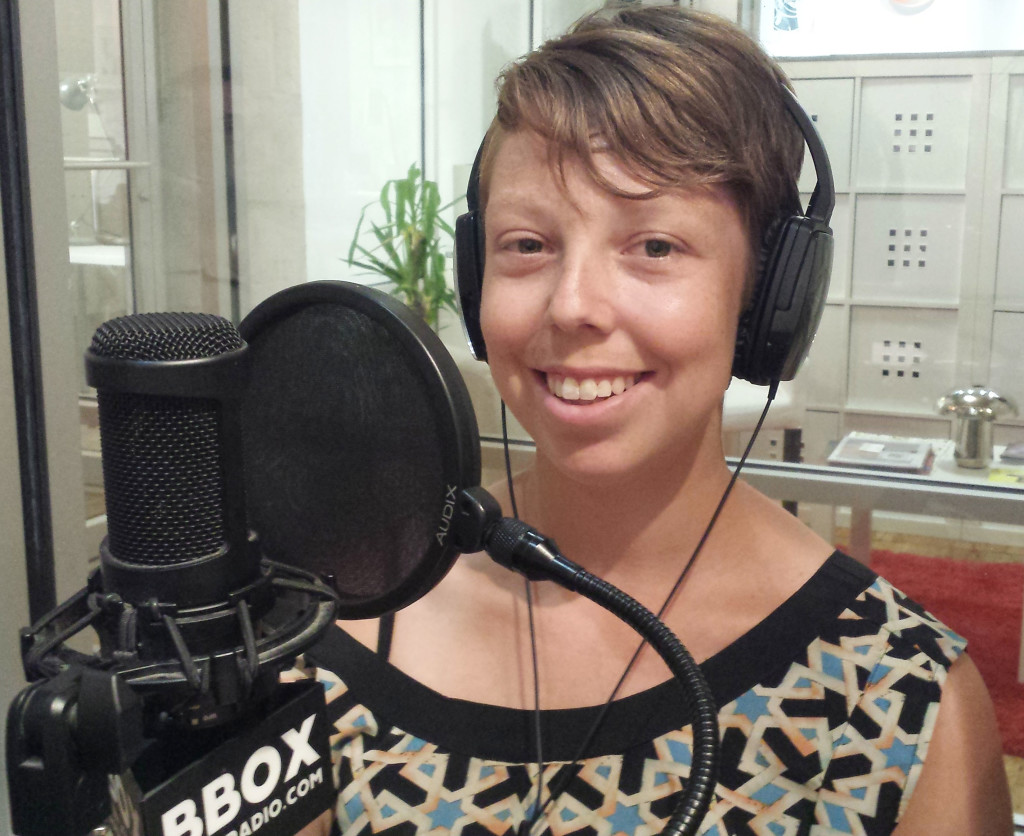 Microbeads are not part of a kids craft project, they are tiny plastic particles which are entering the wildlife and human populations. My guest this week, Jordan Christensen, is the Program Coordinator for the Citizens Campaign for the Environment, and she is working to put pressure on our elected officials to ban the use of microbeads. She is also working on projects to limit raw sewage and toxins from entering the waterways, as well as reducing use of chemicals in schools. We have to write letters to our local and national representatives to let them know that Earth comes first. Go to www.citizenscampaign.org for more information.
Microbeads are not part of a kids craft project, they are tiny plastic particles which are entering the wildlife and human populations. My guest this week, Jordan Christensen, is the Program Coordinator for the Citizens Campaign for the Environment, and she is working to put pressure on our elected officials to ban the use of microbeads. She is also working on projects to limit raw sewage and toxins from entering the waterways, as well as reducing use of chemicals in schools. We have to write letters to our local and national representatives to let them know that Earth comes first. Go to www.citizenscampaign.org for more information.